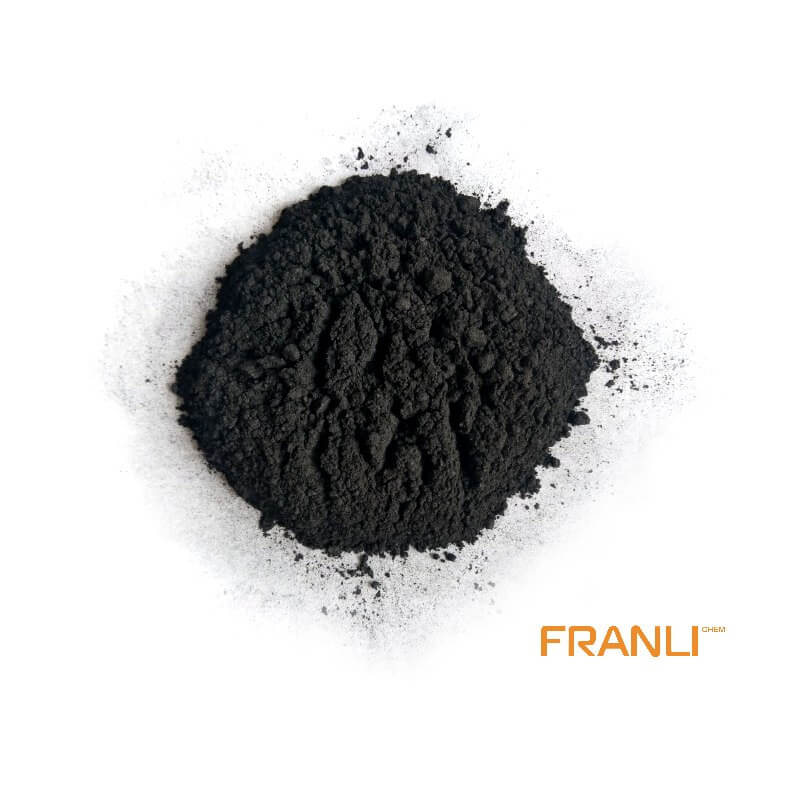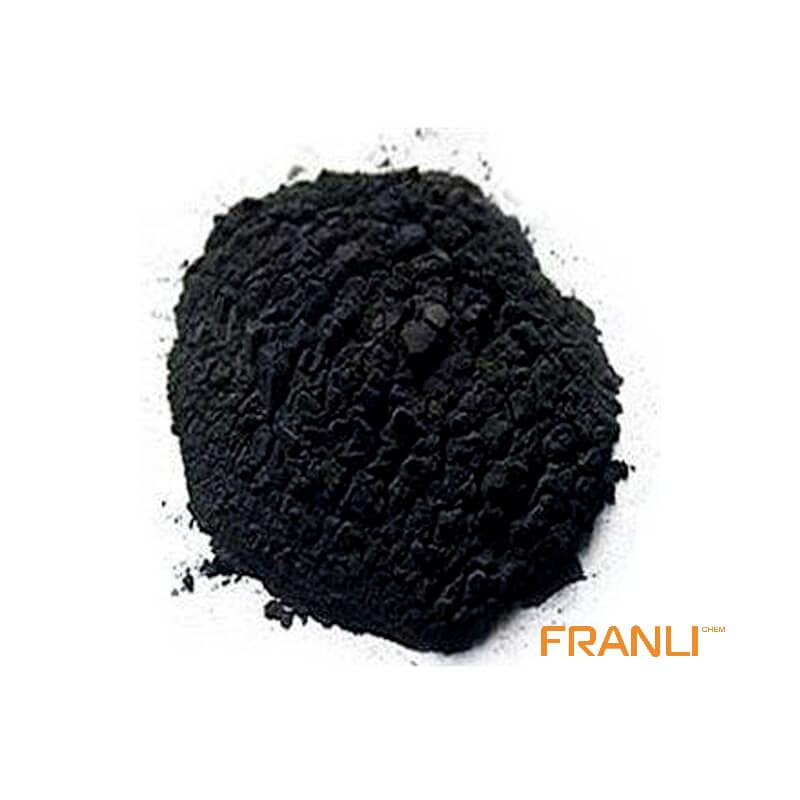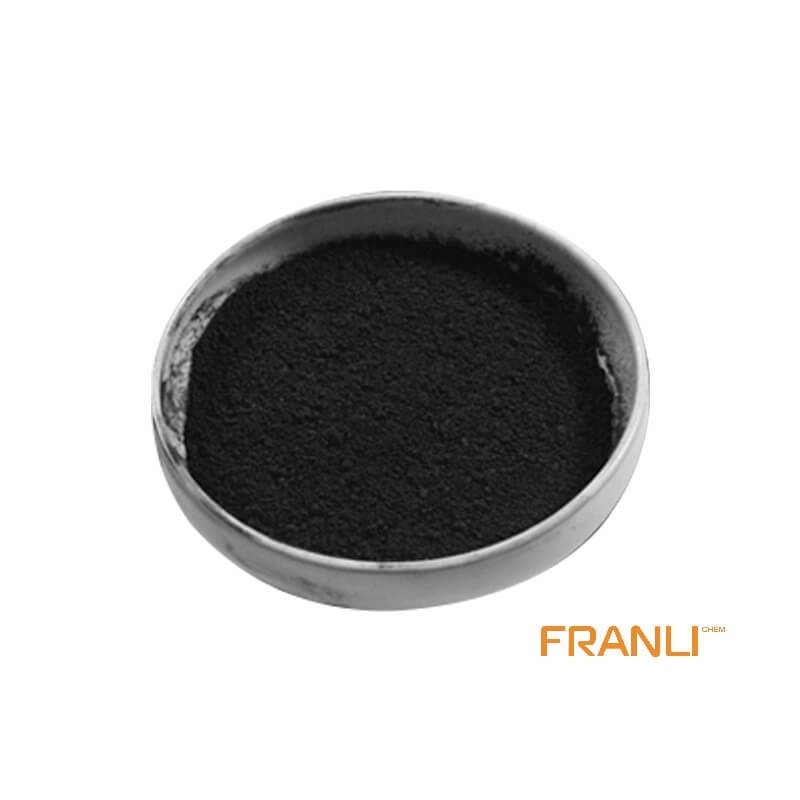


Purity Graphite
Size
According to your requirements
Package
25 kg small bags into ton bags or ton bags
Features
good temperature resistance, self lubrication, conductivity, etc.
Application
Can be used in machinery, metallurgy, chemical industry, military industry, etc.
High purity graphite is also called molded graphite, which means that the carbon content of graphite is more than 99.99%, which has good electrical conductivity, high temperature resistance, oxidation resistance, low resistance coefficient, corrosion resistance, high purity, self lubrication, thermal shock resistance, isotropy, easy to be machined and so on.
Request a quote
Variety: high-purity graphite
Specification: particle size 45 μ m-500 μ M (325-35 mesh) carbon content ≥ 99.9%
Properties: complete-scale crystal, excellent physical and chemical properties, good high-temperature resistance, self-lubrication, thermal conductivity, thermal shock resistance, corrosion resistance, and other properties.
Application: widely used in advanced refractory and coating in metallurgical industry, pencil lead in light industry, brush in the electrical industry, electrode in the battery industry, catalyst in the chemical fertilizer industry. After deep processing, flake graphite can produce a variety of graphite products, such as graphite emulsion, graphite paper, graphite sealing materials, etc., which become important non-metallic mineral raw materials in various industrial sectors.
Related products: high carbon graphite, medium carbon graphite, micro powder graphite, graphite paper, spherical graphite, graphite carbon source material for diamond, alkaline battery powder
Package: small bag (kraft paper bag), ton bag, daughter belt (waterproof and moisture-proof)
Sample: free, postage paid
Main indicators: high purity graphite

Composition of high purity graphite:
Graphite, diamond, carbon 60, and carbon nanotubes are all carbon elements, and they are allotropic to each other. Graphite is soft and black gray; Greasy can pollute the paper. The hardness is 1-2 and increases to 3-5 with the increase of impurities along the vertical direction. The specific gravity is 1.9-2.3. The specific surface area ranges from 1 to 20 m2 / g (measured by the f-sorb2400 BET method). Under the condition of oxygen isolation, its melting point is above 300 ℃. It is one of the temperature-resistant minerals.
The special properties of high purity graphite are as follows:
1. High-temperature resistant type: the melting point of graphite is 3850 ± The weight loss and coefficient of thermal expansion are very small even after ultra-high temperature arc burning. The strength of graphite increases with the increase of temperature. At 2000 ℃, the strength of graphite is doubled.
2. Conductivity and thermal conductivity: the conductivity of graphite is 100 times higher than that of ordinary non-metallic minerals. The thermal conductivity exceeds that of steel, iron, lead, and other metal materials. The thermal conductivity decreases with the increase of temperature. Even at very high temperatures, graphite becomes an insulator. Graphite can conduct electricity because each carbon atom in graphite only forms three covalent bonds with other carbon atoms, and each carbon atom still retains one free electron to transfer charge.
3. Lubricity: the lubricity of graphite depends on the size of the graphite scale. The larger the scale is, the smaller the friction coefficient is, and the better the lubricity is.
4. Chemical stability: graphite has good chemical stability at room temperature, and is resistant to acid, alkali, and organic solvent corrosion.
5. Plasticity: graphite has good toughness and can be rolled into thin sheets.
6. Thermal shock resistance: when graphite is used at room temperature, it can withstand the drastic change of temperature without damage. When the temperature changes suddenly, the volume of graphite changes little, and there will be no cracks.

Why can graphite replace copper?
In the 1960s, copper was widely used as an electrode material. The utilization rate was about 90%, while graphite was only about 10%; In the 21st century, more and more users began to choose graphite as electrode material. In Europe, more than 90% of electrode materials are graphite. Copper, once the dominant electrode material, has almost lost its advantage over graphite electrodes. What caused this dramatic change? Of course, graphite electrode has many advantages.
1. Faster processing speed: generally, the machining speed of graphite is 2-3 times faster than that of copper; The speed of EDM is 2-3 times faster than that of copper; The material is not easy to deform: it has obvious advantages in the processing of thin rib electrode; The softening point of copper is about 1000 degrees, which is easy to deform due to heating; The sublimation temperature of graphite is 3650 ℃; The coefficient of thermal expansion is only 1 / 30 of that of copper.
2. Lighter weight: the density of graphite is only 1 / 5 of that of copper. When the large electrode is used for EDM, the burden of the machine tool (EDM) can be effectively reduced; It is more suitable for the application in large mold.
3. Lower discharge consumption; Because the spark oil also contains C atoms, the high temperature causes the C atoms in the spark oil to be decomposed and form a protective film on the surface of the graphite electrode to compensate for the loss of the graphite electrode.
4. No burr; After the copper electrode is processed, it needs to be manually trimmed to remove the burr, while the graphite electrode has no burr after processing, which saves a lot of costs and makes it easier to realize automatic production;
5. Graphite is easier to grind and polish; Because the cutting resistance of graphite is only 1 / 5 of that of copper, it is easier to grind and polish by hand;
6. Lower material cost and more stable price; Due to the rise of copper price in recent years, the price of isotropic graphite is lower than that of copper. Under the same volume, the price of universal graphite products of Toyo carbon is 30% – 60% lower than that of copper, and the price is more stable, and the short-term price fluctuation is very small.
It is this incomparable advantage that graphite gradually replaces copper as the preferred material for EDM electrodes.
Main producing areas of high purity graphite in the world:
Famous places of origin: Ticonderoga, Madagascar, and Ceylon in New York. China has higher high-purity graphite production in Henan Province.



